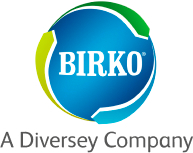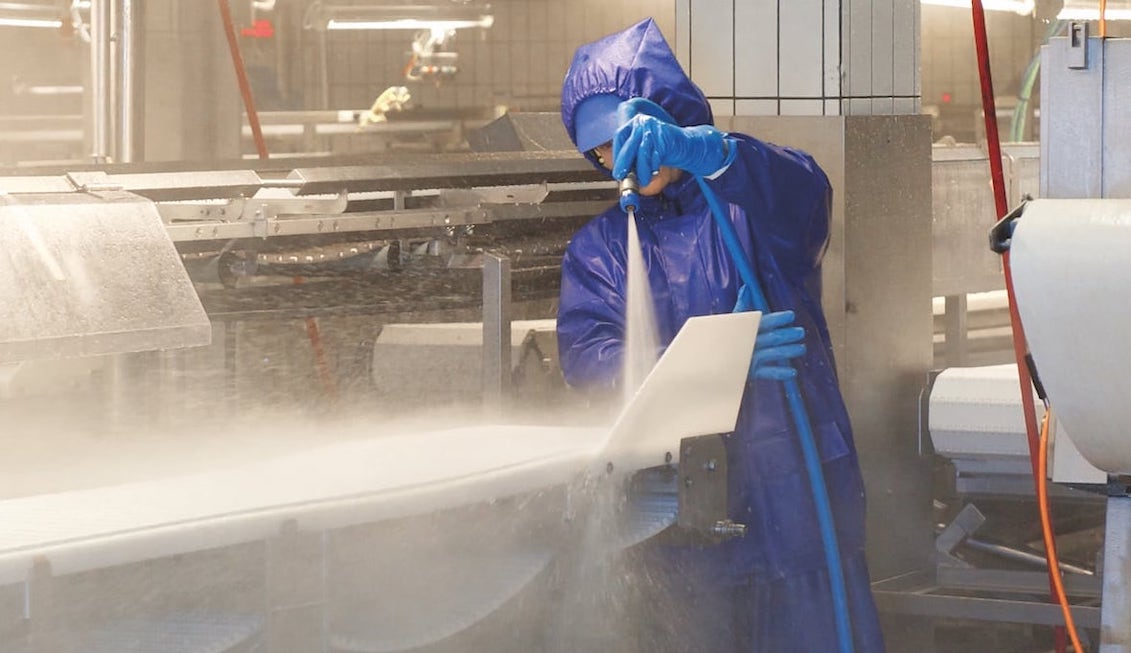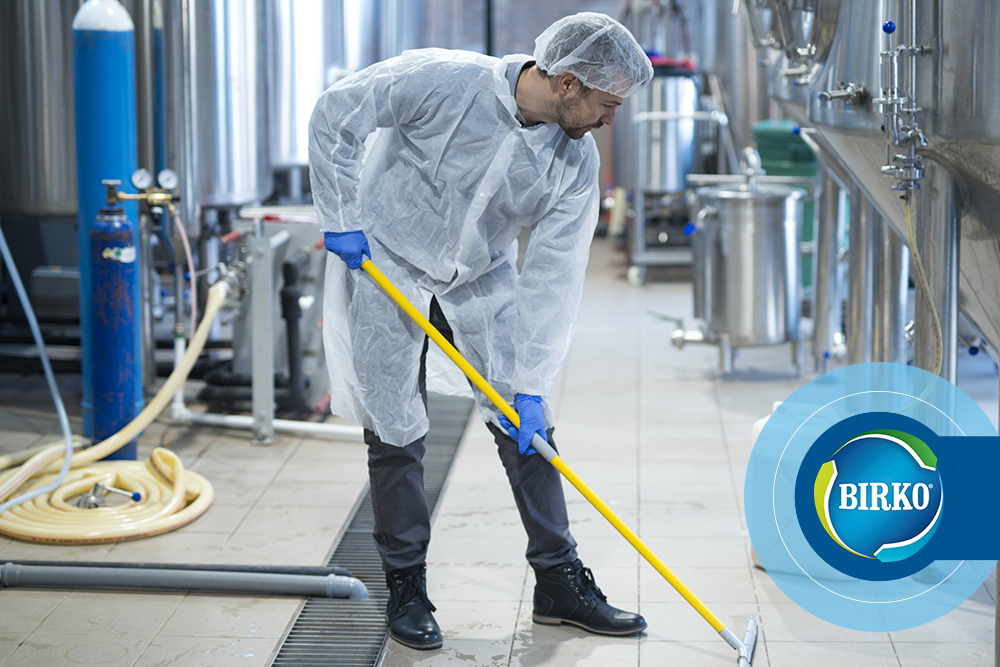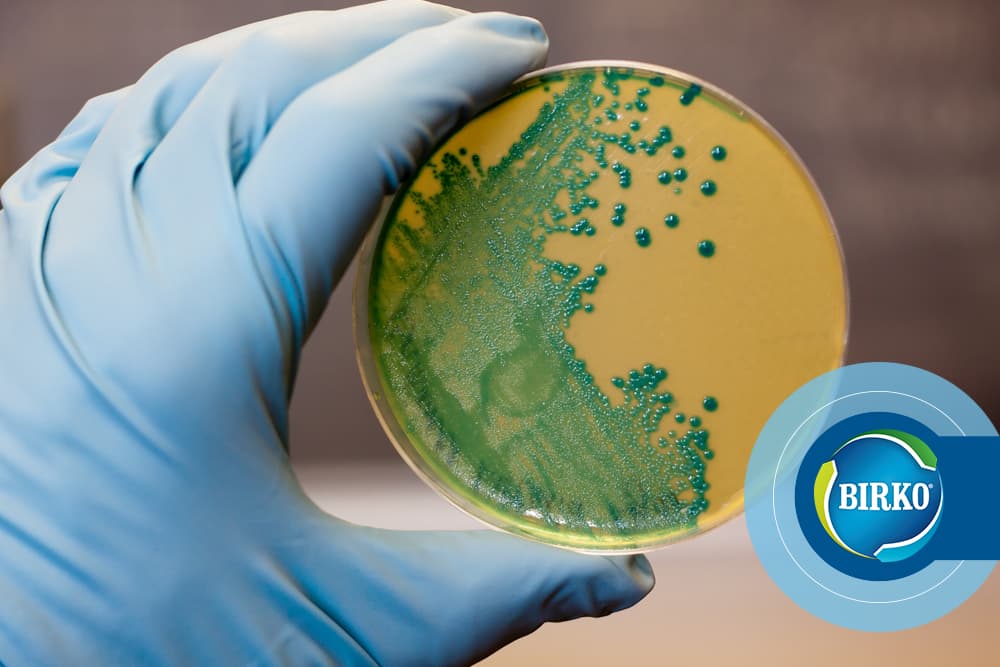Listeria are small, coccoid, Gram-positive rods that tend to form short chains, and are mobile by flagella. They grow between 2.5º C and 58º C and can survive in up to 20% salt (NaCI). Listeria are prevalent in soil, feces, and sewage. Refrigeration inhibits most bacteria growth but because Listeria grow and reproduce down to 2.5°C they are often associated with illness caused by eating cooked, ready-to-eat foods. Listeria thrive in the colder environment used in production of these products and have very little competition there.
There are four well known species of Listeria: Listeria monocytogenes, Listeria denitrificans, Listeria grayi, and Listeria murrayi. Of these four species Listeria monocytogenes is a well-known human pathogen and is of major concern to the food industry and to the consuming public.
As mentioned above, Listeria are prevalent in soil, feces, and sewage. To mitigate the migration of Listeria within the plant, you need to be cognizant of traffic patterns, personal hygiene, and sewers. Listeria can be tracked into the plant on the feet of both people and animals (including insects, rodents, etc.), on vehicle tires, on pallets or other items that are stored outdoors on the ground.
There are several steps to prevent Listeria migration within your plant. Interventions include cleaning floors, use of footbaths or entry-way sanitizers, cleaning and disinfecting items stored on the ground before bringing them into the plant, pest control, etc. There should also be an emphasis on personal hygiene including washing hands after using the bathroom and using hand sanitizers. Pay attention to drains — be sure they are open and free flowing so there are no backups of sewage onto the processing floor. Thoroughly clean and disinfect sewer lines on a regularly scheduled basis.
Once Listeria rears its ugly head within the plant, it can be very difficult to eradicate. Its elimination needs constant attention. If possible, identify where it is located within the plant and its probable source — this will be key to instituting an effective eradication program for Listeria. Start with a thorough cleaning of the floors and drains using appropriate products such as the Sterilex two-part liquid cleaner sanitizer. The Sterilex system is EPA registered and is effective at removing biofilms. It is also very efficient at removing hard to get microbial problems. Once you have attacked the Listeria problem at its likely source in the plant, then thoroughly clean and sanitize all other surfaces particularly the food processing surfaces.
Note that until the source of the Listeria has been identified and dealt with, control of that organism is at best an uphill battle and probably will result in recurring problems.








